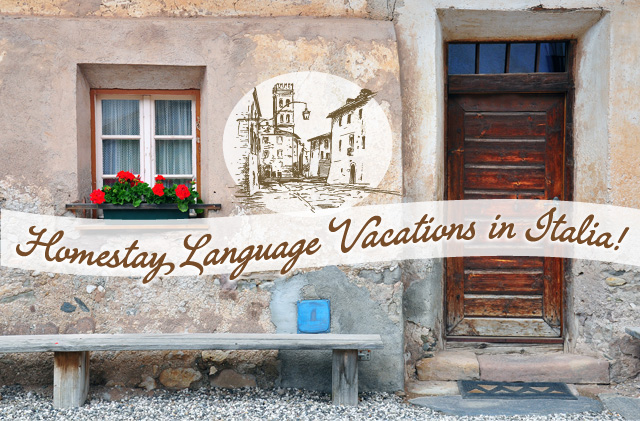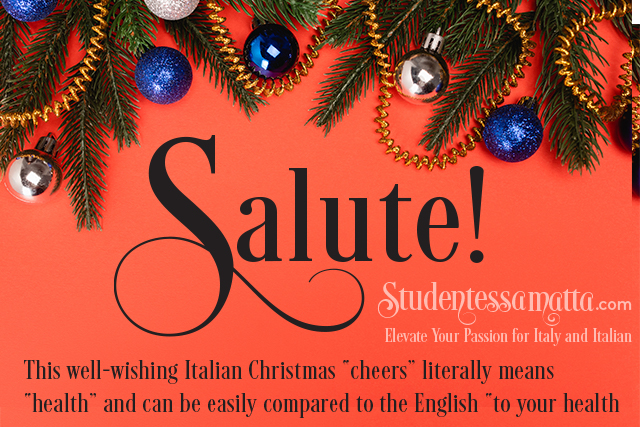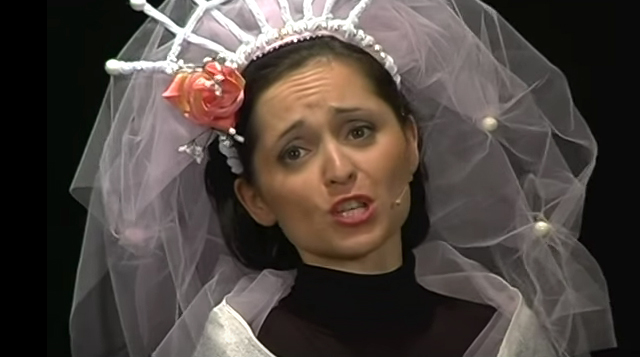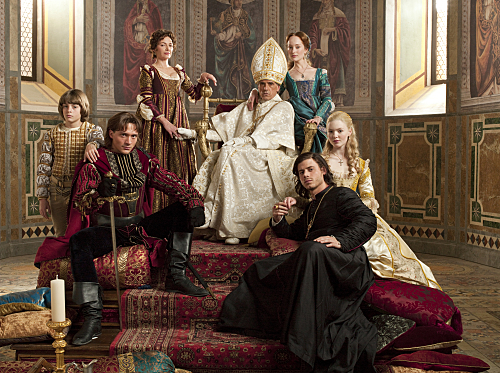
Recentemente ho scoperto un nuovo teleromanzo: The Borgias. Non è in Italiano, ma è ambientato in Italia, che è sempre bene per me, nel primo Rinascimento. La serie televisiva segue l’ascesa della famiglia Borgia ai vertici della chiesa cattolica romana e le loro lotte per mantenere il potere. Anche se è una storia importante e “imponente” del Rinascimento, credetemi non è molto lontano dai drammi e dalle emozioni esagerati di teleromanzo come Un Posto al Sole
Recently I have discovered a new TV Soap drama: The Borgias. It isn’t in Italian, but it is set in Italy (which is good enough for me) during the early renaissance. The television series follows the rise of the Borgia family to the pinnacle of the Roman Catholic church and their struggles to maintain their power and control. Even though it is a rather importante and heavy subject, it isn’t far from the drama and exaggerated emotions of a soap drama.
Di questa serie ho guardato sei puntate su nove e mi sono già nuovamente appassionata della famiglia Borgia, e l’epoca pre-rinascimentale. In questo racconto moderno della storia della famiglia Borgia ci sono alcune gocce di verità, ma più di altro, è una storia di fantasia. Le cose che mi piacciono di più, sono i costumi che sono senz’altro sontuosi e lo scenario magnifico. È un banchetto per gli occhi. I personaggi passano attraverso stanze rinascimentali e chiese e attraversano il paesaggio italiano imbevuto di luce dorata del sole da Roma e Milano, a Firenze e Napoli.
I have only watched six of the nine episodes and I have become addicted to the Borgia family, and a fan of the pre-renaissance era. In this modern retelling of the Borgia family story there are some drops of truth, but more than anything else it is a fictitious story. The things that I like the most are the costumes that are with out a doubt sumptuous…as are the the magnificent sets. It is a banquet for the eye. The characters glide through Renaissance rooms and churches and travel through gold soaked Italian countrysides from Rome and Milan to Florence and Naples.
Per questo posso scusare se la storia ha qualche problema; il ritmo va un po’ lento, la recitazione è melodrammatica e alcuni eventi sono inventati e cambiati per fare la storia più scorrevole. Da altra parte, la mia curiosità è stata ben suscitata dall’intrigo machiavellico, cioè la storia d’amore di Papa Alexander e Guilia Farnese, i rapporti tesi tra il Papa e il Ducato di Milano, i Francesi e Savonarola di Firenze e certamente la rivalità che il Papa Borgia aveva con il suo acerrimoo nemico il cardinale Giuliano della Rovere. Ma sono un po’ scettica su alcuni detaggli e guardo lo show con un modicum di tolleranza e armata con il mio portatile continuo a fare riferimento a Goggle e altri fonti, come la biografia su Lucrezia scritto da Maria Bellonci, per verificare fatti e dati per vedere come lo spettacolo è veramente preciso.
For this I can excuse the story that has a couple of problems. The pace is a bit slow, the acting melodramatic and many events have invented or changed to allow the story to unfold in fluid way. On the other hand, my curiosity has been piqued by the Machiavellian intrigues, such as the love affair between Pope Alexander and Guilia Farnese, the tense relations between the Pop and the Duke of Milan, the French and Savonarola in Florence and certainly the rivalry between the Borgia Pope and his arch enemy Cardinal Guiliano della Rovere. But, being a little skeptical of some of the details of the show, I am watching it with a modicum of tolerance and armed with my lap top I make Google searches and refer to to other sources, such as Maria Bellonci’s biography of Lucrezia, to verify facts and date and to see how precise the show really is.
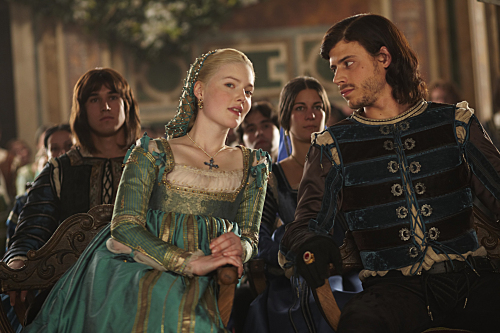
Dunque per me lo show diventa un punto di riferimento per sapere la vera storia. Alcuni eventi sono difficilissimi da credere, ma ho indovinato che infatti Giofre, il più giovane figlio di Papa Alexander, si è sposato con Sancia la figlia illegittima del re di Napoli, a solo dodici anni. Fatto controllato! Ora sto cercando di capire se il re, Alfonso II di Napoli è stato in realtà così folle di aver avvelenato i suoi nemici e poi di averli conservati e messi in mostra nella sala di banchetti. Ho ancora alcuni dubbi se il rapporto tra Lucrezia Borgia e Giovanni Sforzia era così burrascoso come illustrato in questa rappresentazione.
So, the show has become a reference point to know history better. Some events are difficult to believe, but I have ascertained that Giofre, the youngest son of Pope Alexander was married off to Sancia, the illegitimate daughter of the King of Naples at only 12 years of age. Factoid checked! Now I am trying to figure out if the king, Alfonso II of Naples was really so mad to have poisoned his enemies and then have them stuffed and preserved and put on display in his banquet hall. I also have some doubts as to whether or not the marriage of Lucrezia Borgia and Giovanni Sforzia was as tortured and dark as depicted in this mini series.
Sicuramente non voglio rovinare la fine della storia, ma non aspettatevi che Giuliano della Rovere sarà avvelenato o assassinato dalla famiglia Borgia. Almeno spero di no, visto che lui ha seguito il Papa Borgia ed è diventato Papa Giulio II. Ricordate? Papa Giulio è stato il patrono di Bramante, Raffaello e Michelangelo. Fu Papa Giulio che ha assegnato a Michelangelo l’incarico di dipingere la Cappella Sistina. Alune cose dovrebbero essere intoccabili anche per i teleromanzi. Ad ogni modo questo show dà vita e nuova interesse per un periodo di tempo meraviglioso. Ora ho voglia di cambiare il mio nome a Giulia Farnese, metto i capelli in una fascetta dorata con perle e vestirmi in broccato di lusso!
I surely don’t want to ruin the end for everybody, but don’t expect that Guiliano della Rovere will be poisoned or knocked off by the Borgias. At least I hope not, seeing as he followed the Borgia Pope and became Pope Guilio II. Remember? Pope Guilio was the patron of Bramante, Raphael and Michelangelo. It was Pope Guilo that commissioned Michelangelo to paint the Sistine Chapel. Some things even a mini series can’t change. At any rate this TV show gives new life and interest to a wonderful time period. Now I have the desire to change my name to Guilia Farnese, put my hair up into a pearl encrusted snood and dress up in luxurious brocades!
If you liked this post you might enjoy this post about I Medici
